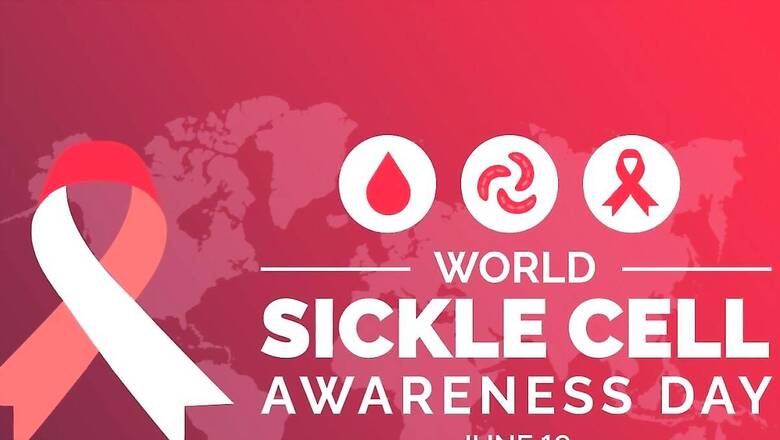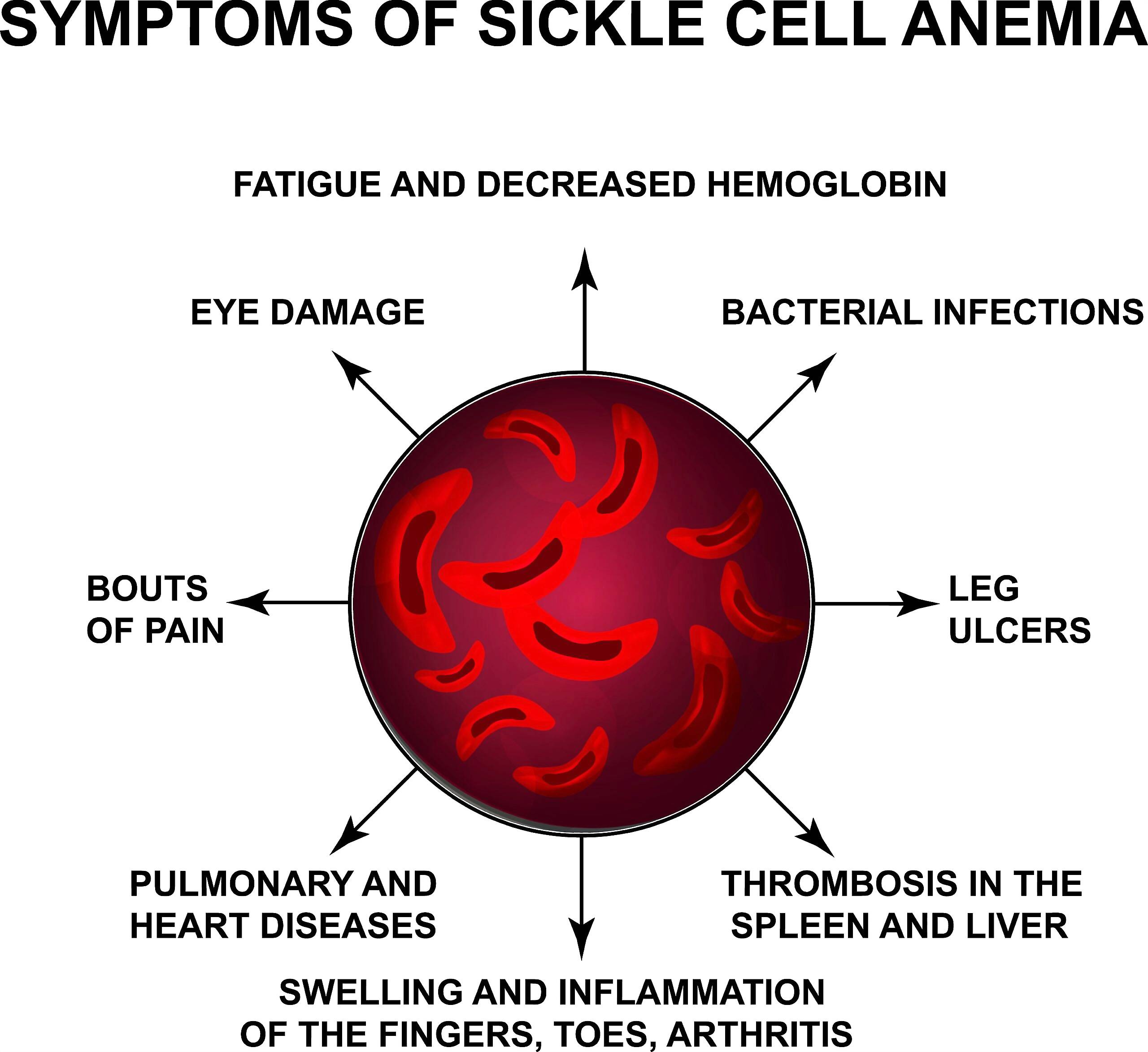
views
World Sickle Cell Day is observed on June 19. The day aims to raise awareness about the fatal illness. It also focuses on the challenges faced by those who suffer from it. According to the Centres for Disease Control and Prevention, sickle cell disease is an inherited blood disorder that causes sickle-shaped red blood cells to block the flow of blood and oxygen to all areas of the body. The sickness affects both haemoglobin and red blood cells.

World Sickle Cell Day 2024: Theme and History
The theme of this year is “Hope Through Progress: Advancing Care Globally.”
World Sickle Cell Day is recognised by the United Nations. The UN General Assembly passed the measure in December 2008, recognising SCD as a public health threat and one of the world’s leading genetic diseases.
Symptoms Of Sickle Cell Disease
Sickle cell disease symptoms can range from modest to severe, and patients may frequently require hospitalisation. According to the American Society of Haematology, symptoms include anaemia, dark urine discharge, yellow eyes, painful swelling of the hands and feet, frequent pain in your body, stunted growth, and a stroke.
Types Of Sickle Cell Disease
The following three forms of sickle cell disease are recognised:
- Hbs beta-thalassemiaThis type of sickle cell disease occurs when the gene known as beta-thalassemia is passed down from one parent and the sickle cell gene from the other.
- HbSSThis occurs when a child inherits sickle cell genes from both parents. This is frequently referred to as Sickle cell anaemia.
- HbScThis condition occurs when one parent carries the sickle cell gene and the other has abnormal haemoglobin.
Treatment For Sickle Cell Disease
Antibiotics, pain medication, intravenous fluids, blood transfusions, and surgery are frequently used to treat the illness.
Patients may benefit from a thorough multidisciplinary treatment plan.
The US National Health Service (NHS) also recommends some steps to take at home.
In cases of minor pain, patients should drink plenty of water and take regular medications such as paracetamol or ibuprofen. The NHS advice gently rubbing the painful area using a warm towel or wrapped heating pad.


















Comments
0 comment